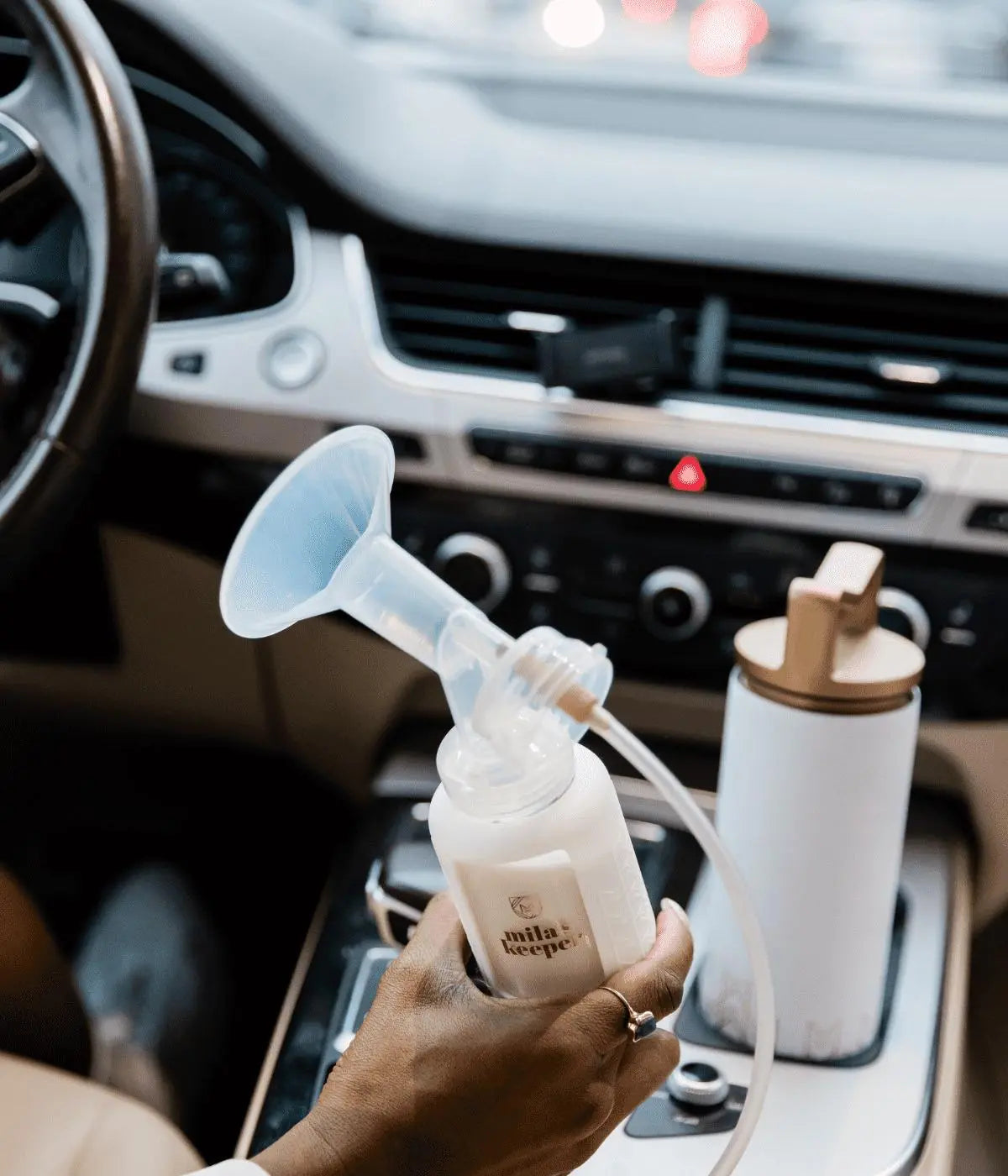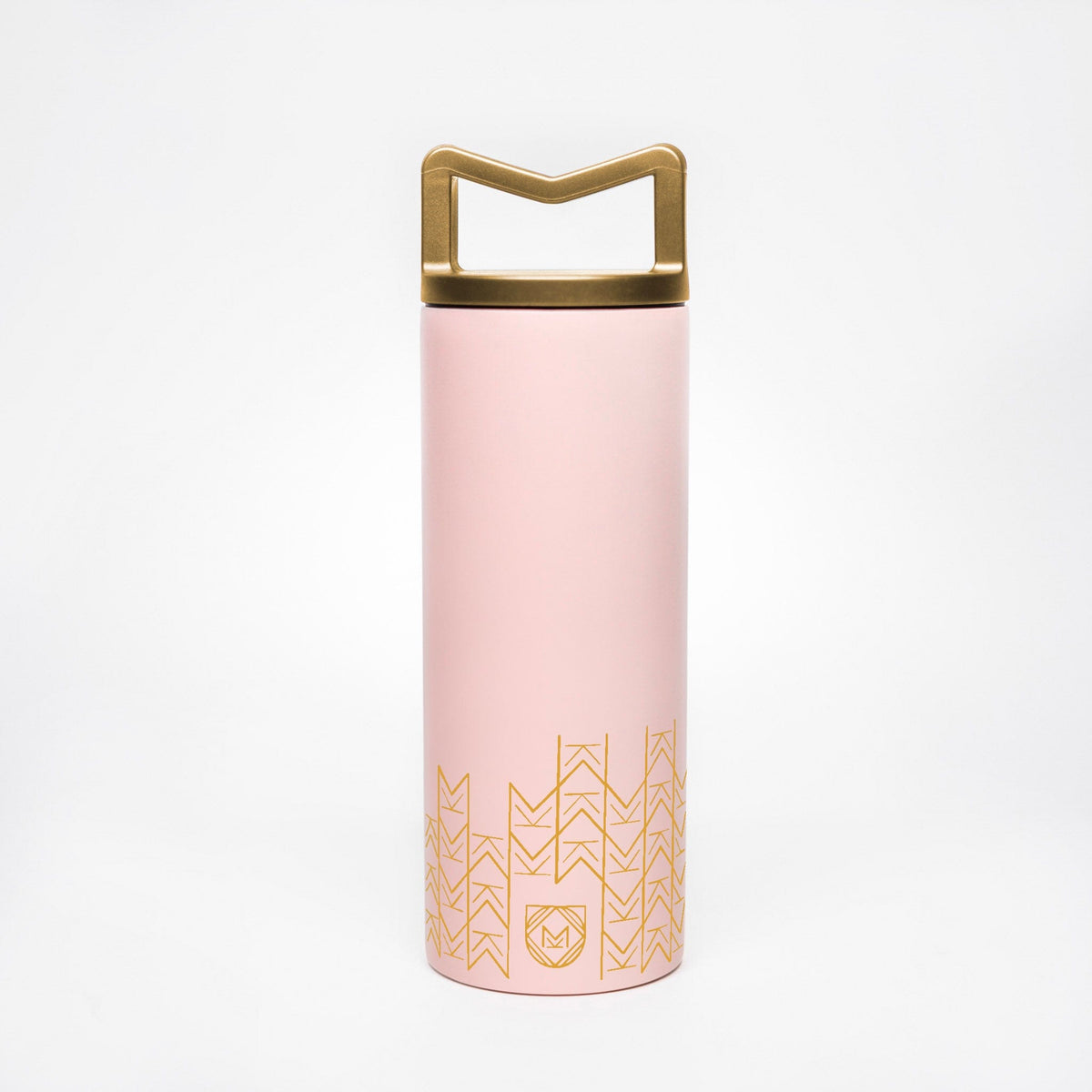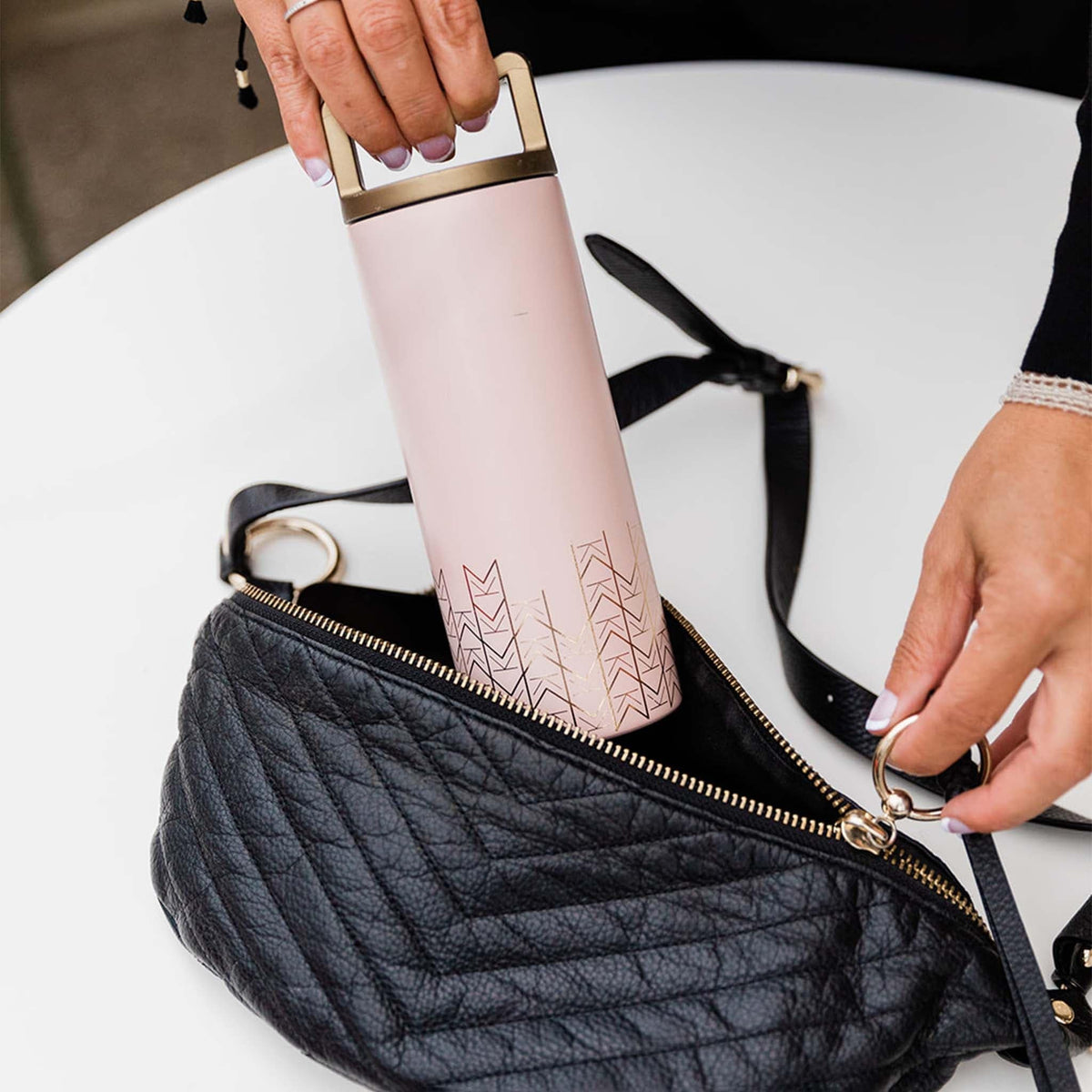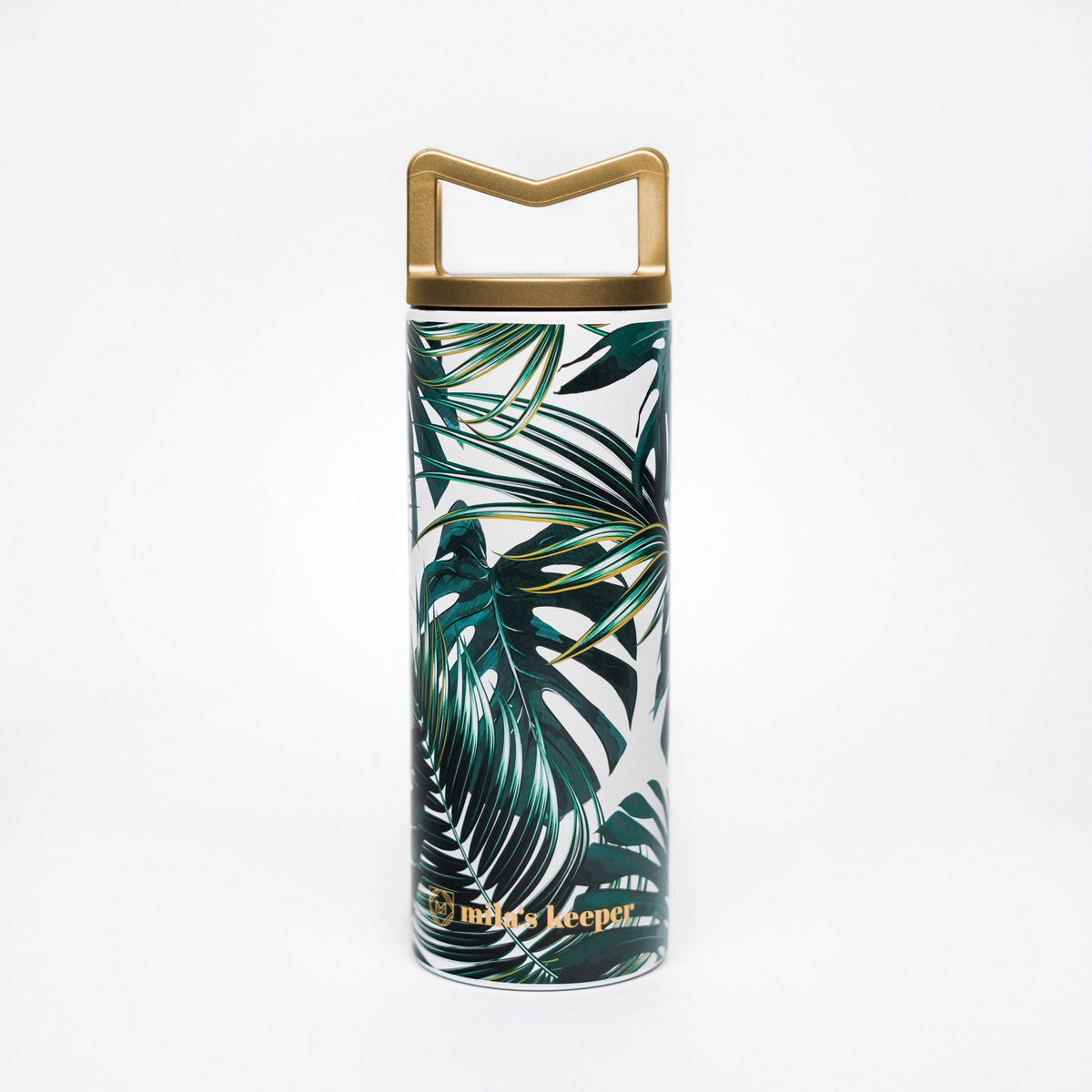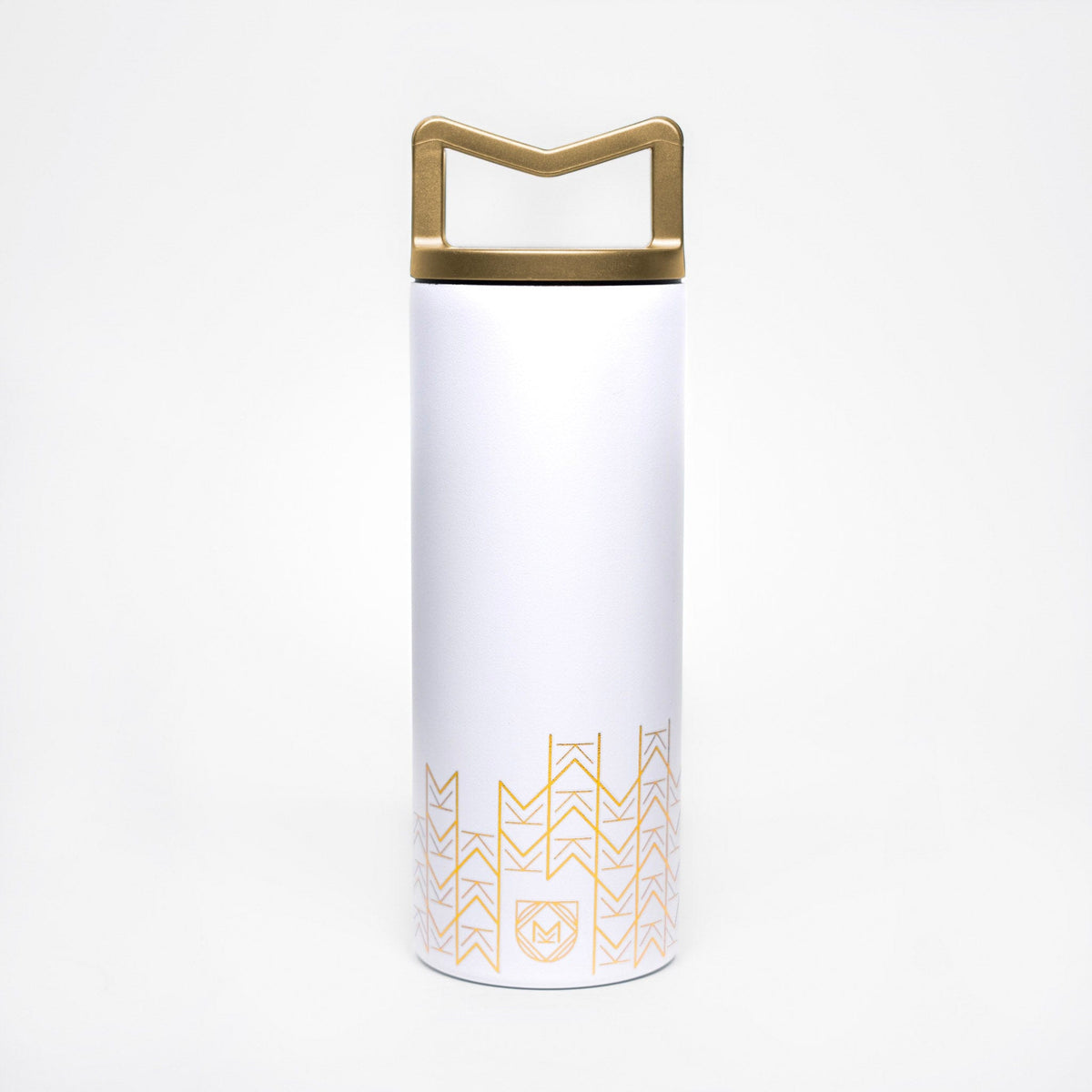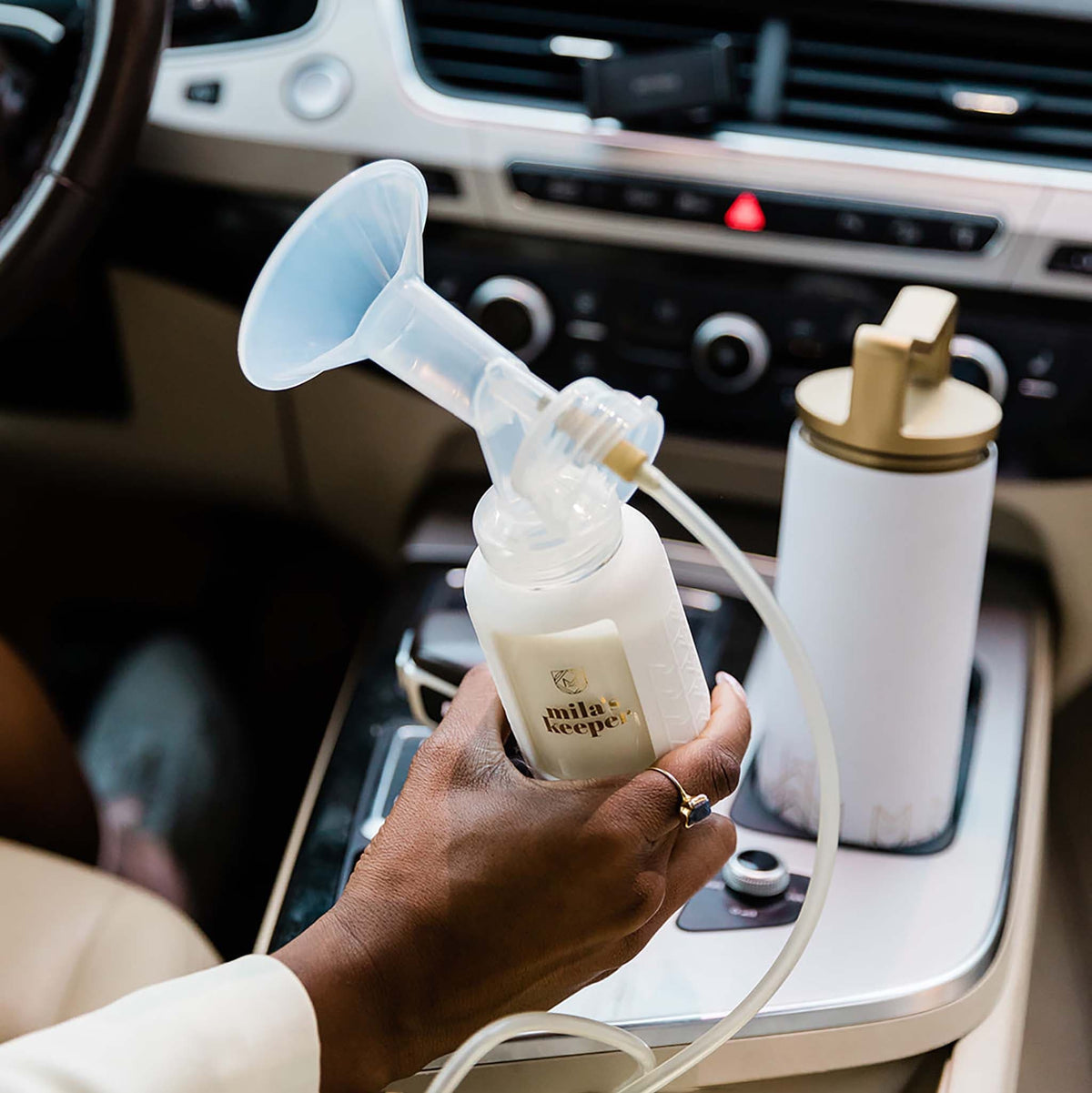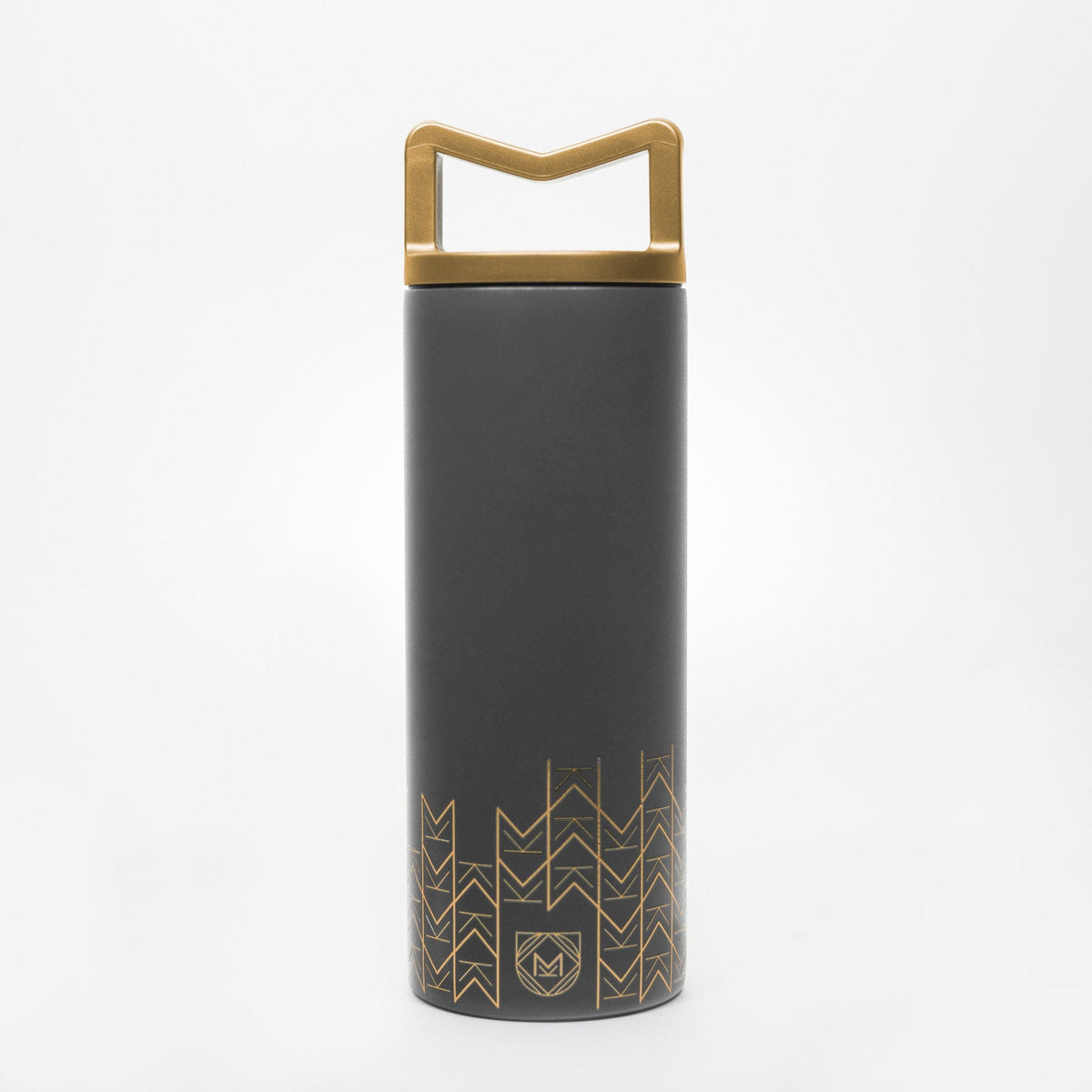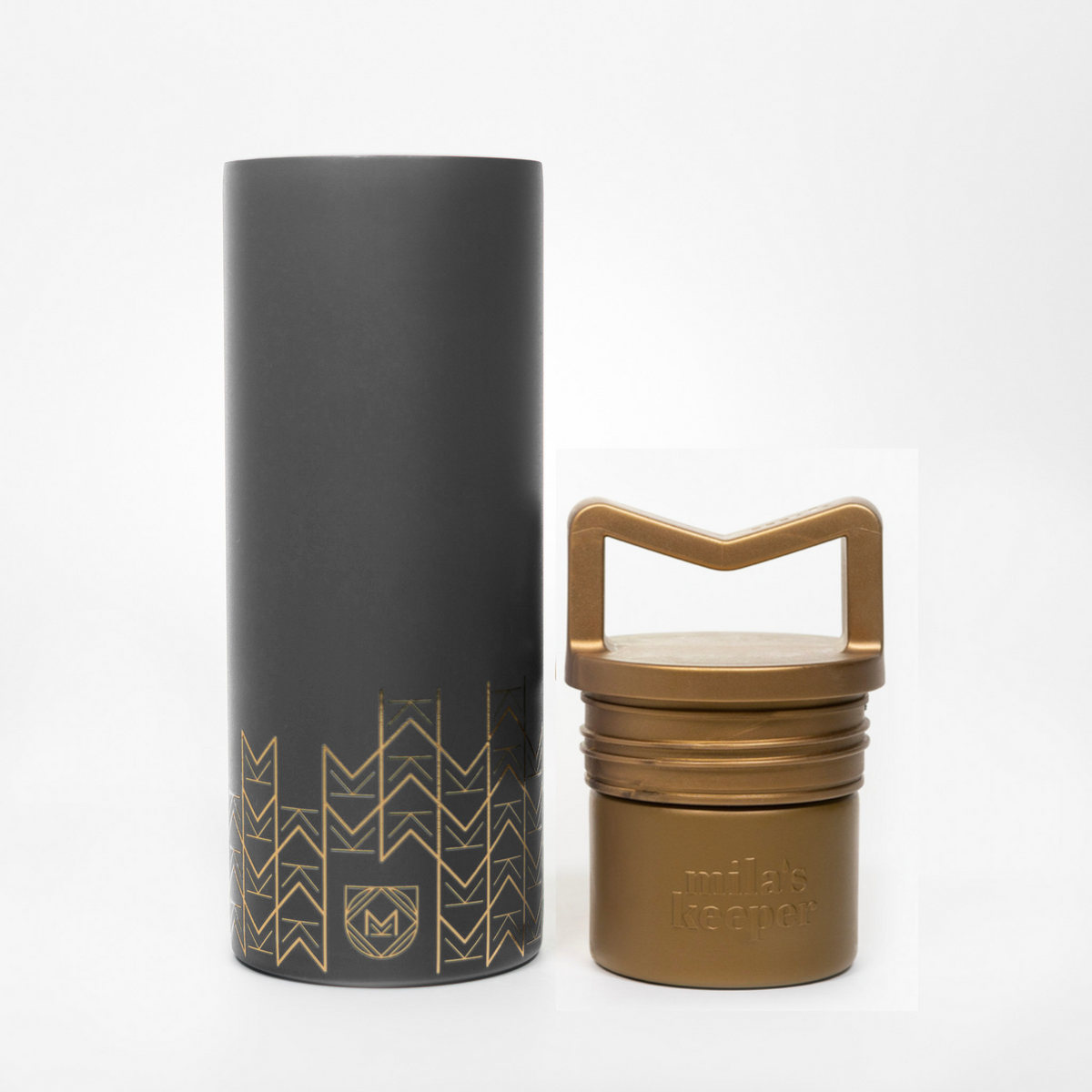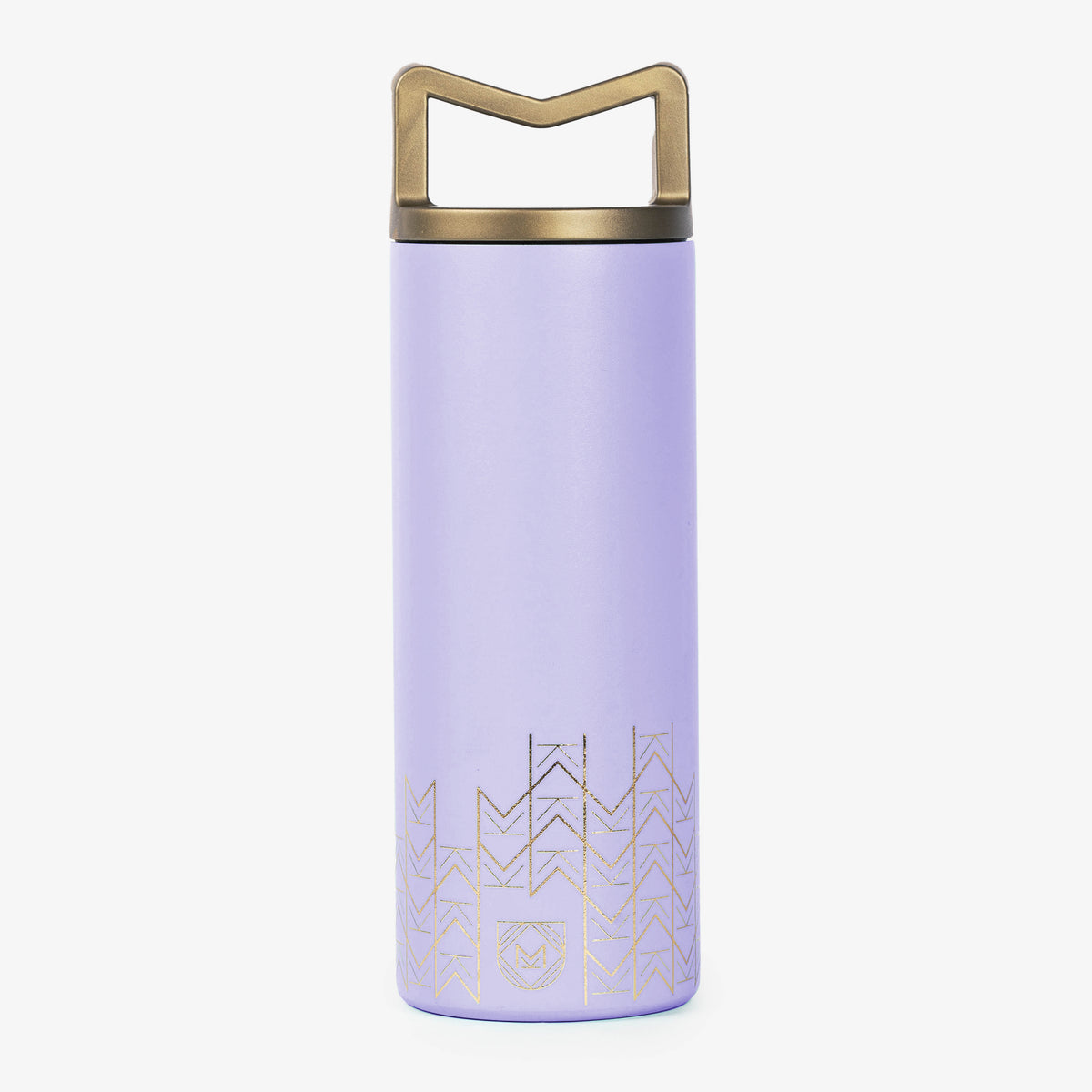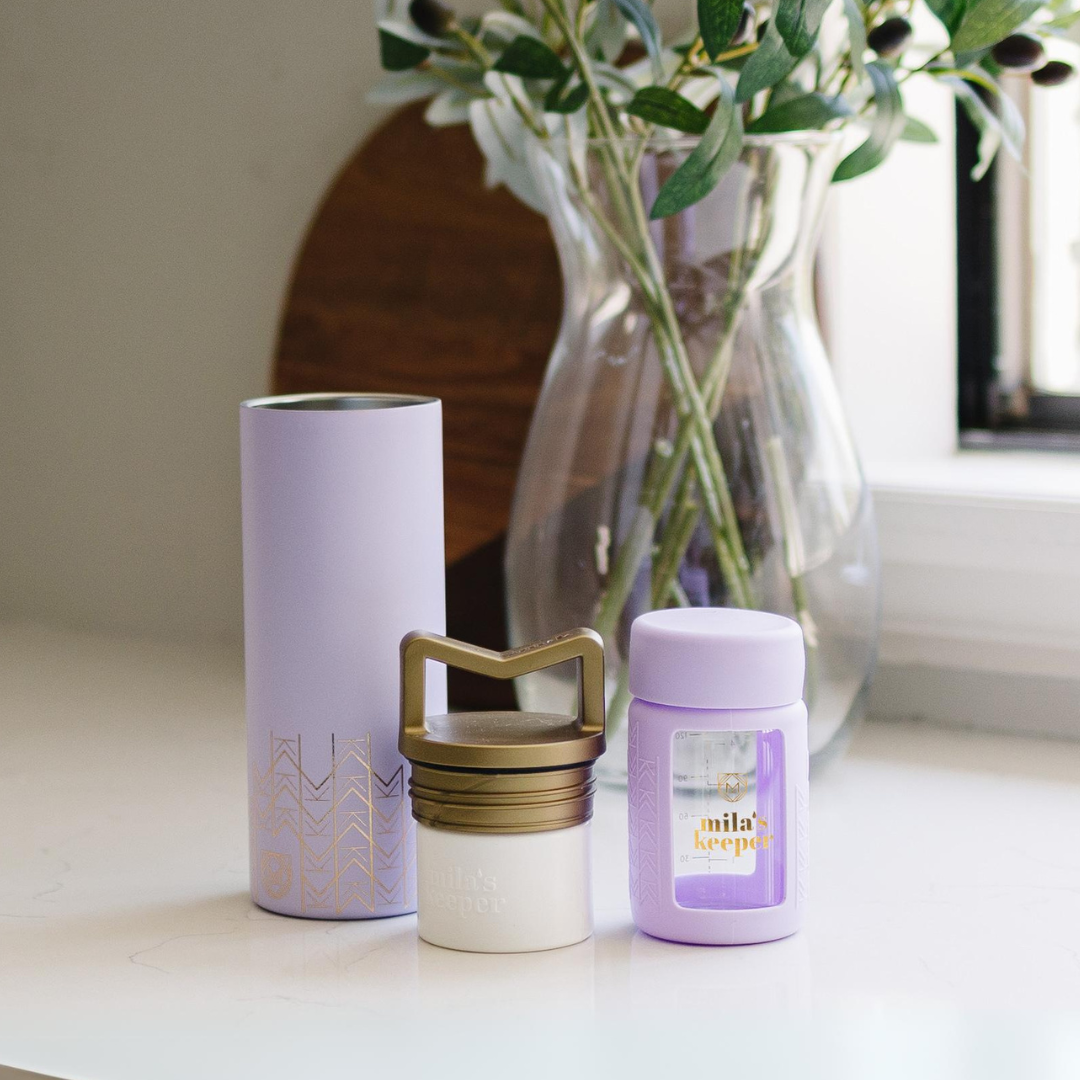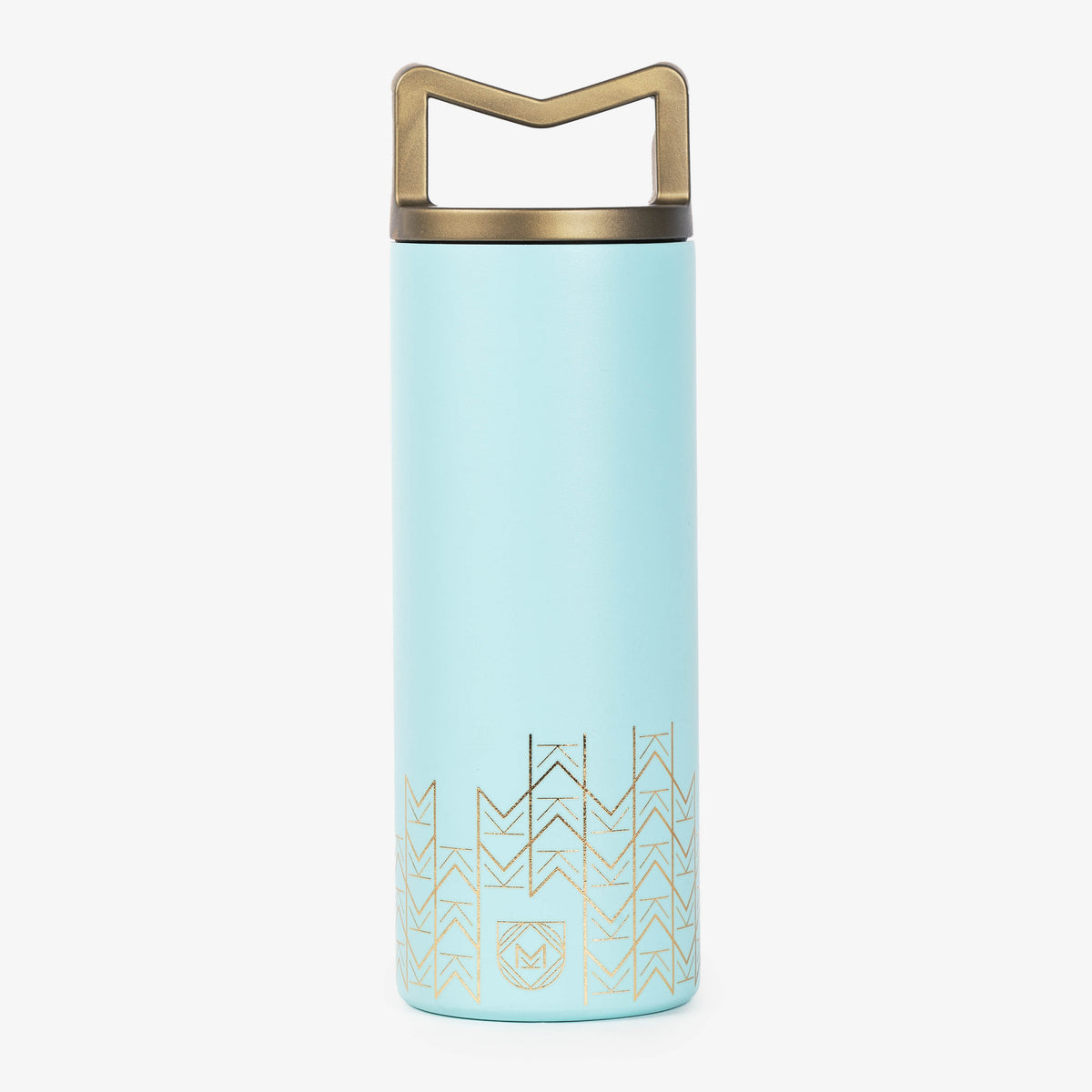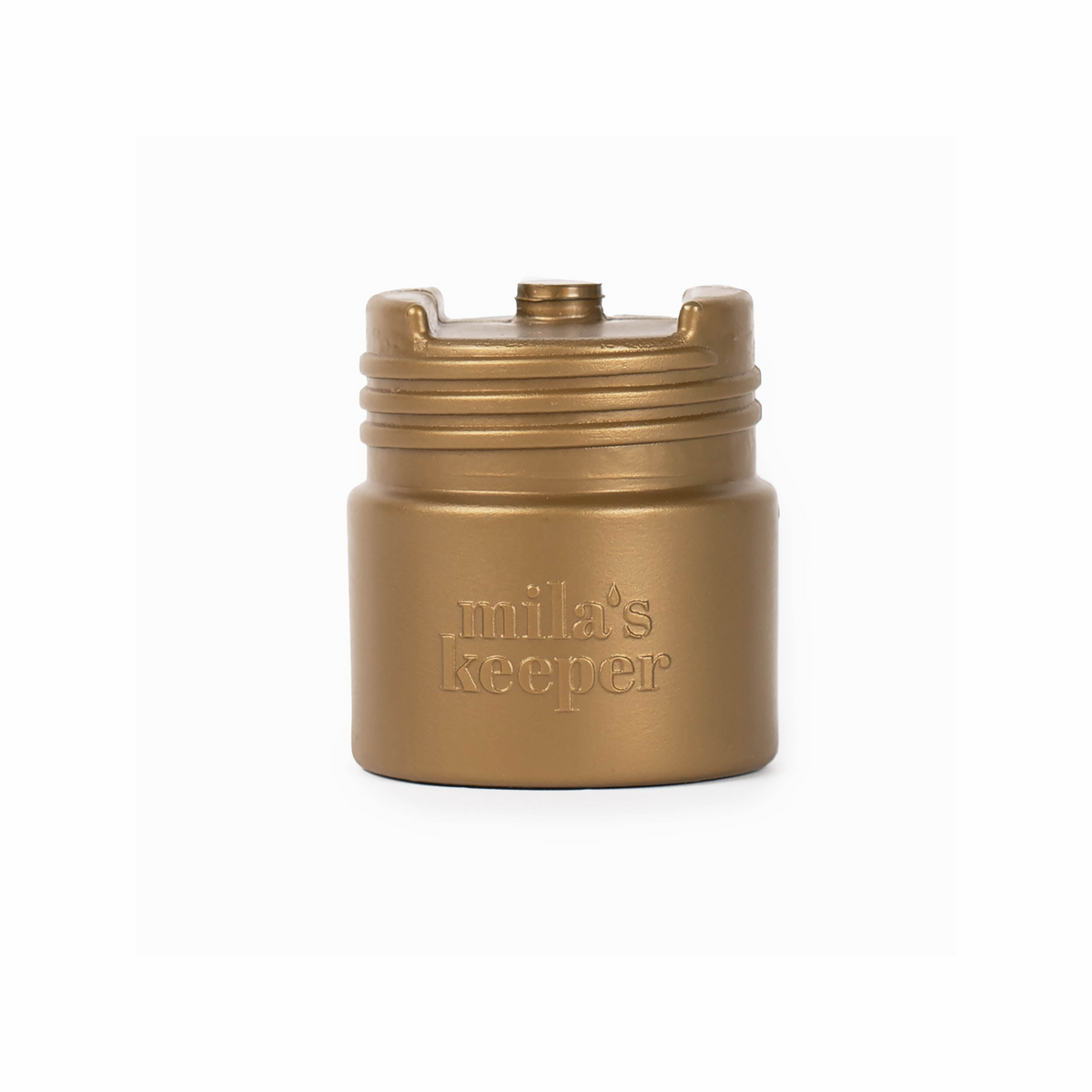Throughout most of humankind’s history, breastfeeding was just the way that babies were fed. However, things began to change in the late 19th century.
In the late 1800s, the U.S. was rapidly changing due to urbanization and industrialization. With the rise of factory work, time became crucial. This led to the introduction of strict feeding schedules for babies, aligning with the structured adult routines. However, these schedules clashed with the natural process of breastfeeding.
As we know, babies need to nurse on demand to stimulate milk production, but the rigid schedules led to reduced milk supply for mothers. This problem led to concerns in the medical community about lactation failure.
Various theories emerged to explain this shift, including the now comical notion that for girls who attended school during puberty, their reproductive systems were competing with their brains for energy, but losing out. Doctors feared that the issue might persist and that the inability to lactate would be long-term. It’s here that we see formula begin to emerge into everyday life, as a solution to what seemed to be a very serious problem of lactation failure.

Historical Development of Breastfeeding Laws in the U.S.
In the post-World War 2 era in the United States, breastfeeding continued to face significant challenges due to societal perceptions and cultural shifts. The sexualization of breasts, influenced by media and popular culture, led to discomfort and a taboo around nursing in public. Commercially produced baby formula was associated with modernity, while breastfeeding was viewed as outdated and less ideal for nourishing infants. Bottle feeding with formula was seen as a symbol of progress and wealth in American society.
The mid-20th century witnessed a growing awareness of the importance of breastfeeding for infant health. Advocacy groups like La Leche League and individuals worked to destigmatize breastfeeding, emphasizing its crucial role in nurturing and providing optimal nutrition for babies.
During this period in the US, conventional breastfeeding methods were no longer commonly followed. Only 1 in 5 women at the time nursed at all. The medical establishment didn’t endorse nursing infants, and there was insufficient support for breastfeeding. La Leche League was formed by a group of women who noticed this gap in information and support and wanted to encourage all women to embrace breastfeeding.
This era marked the beginning of a shift in societal attitudes, challenging the taboos and discomfort associated with public breastfeeding.
The turning point in breastfeeding legislation began to emerge in the late 20th and early 21st centuries. States gradually enacted laws safeguarding a mother's right to breastfeed in public spaces. These laws aimed to normalize breastfeeding and protect women from discrimination or harassment while nursing in public.
Breastfeeding in Public Laws
The American Academy of Pediatrics (AAP) recommends breastfeeding babies from birth up to two years of age. For many women, the idea of breastfeeding in public can cause some anxiety, especially in the early stages when nursing is still something both mom and baby are getting used to.
Some women feel societal pressure to hide their breastfeeding; choosing to cover themselves and their babies with a nursing cover, or even using a breast milk bottle to feed their little one while out in public.
There isn’t a national law about breastfeeding in public, it’s something that’s been left up to states to decide. Every state has now passed some sort of legislature legalizing breastfeeding in public, it just took some a lot longer to get around to it than others.
New York enacted the initial breastfeeding legislation in 1984, exempting breastfeeding from public indecency charges. Almost 10 years later, Florida and North Carolina enacted laws to permit women to breastfeed in any public or private location. Since then, every state has passed a law giving women the right to breastfeed in public, in some way or another. The last states to legalize breastfeeding in public were Idaho and Utah, and not until 2018.

Challenges and Controversies: Laws Against Breastfeeding in Public
The fight for mothers to be able to feed their babies without scrutiny in public has been a long and controversial one. The very natural act of breastfeeding has been seen by many people to be “inappropriate” and “indecent”.
Even these days, it’s not uncommon to hear of women being harassed for breastfeeding in public spaces, and when these stories get picked up by mainstream media, the topic still seems to divide people.
Nowadays, most people can easily capture their harasser with their phone, as one woman did as she was breastfeeding her child at Target while a male customer berated her. Luckily, she had other customers and employees come to her defense and remove the man. Unfortunately, not all Target employees are aware of their breastfeeding policy as this woman alleges.
Even more disheartening are the stories of police officers siding with people discriminating against breastfeeding mothers. It’s hard to watch footage of moms being subjected to public humiliation for feeding their baby, but thankfully when instances like these are captured on video, it motivates other mamas to get out and show their support for the harassed and to encourage the acceptance and normalization of breastfeeding in public.
Like some people, local legislature doesn’t always change with the times either. Not too long ago, a mom in New York noticed that the town code in her town of Hempstead, NY stated that “Breastfeeding and diaper changing shall be permitted in designated areas.” The mom emailed the Town Supervisor about the discrepancy and a new town code was introduced to allow women to breastfeed in public anywhere throughout Hempstead.

Breastfeeding Laws at Work
According to the Bureau of Labor Statistics, in 2010, half of all mothers worked outside the home during their infant’s first year, and among those employed, 71% worked full-time. This means that for many of the moms that want to breastfeed their babies, they’re going to have to pump while at work.
The fight to allow nursing moms the time and space they need to pump while at work has been long and hard-fought. Over the years laws have been passed giving women more rights and protections. Collectively, these laws allow millions of women the ability to provide breast milk for their kids while remaining in the workforce.
The Pregnancy Discrimination Act of 1978 amended Title VII of the Civil Rights Act of 1964 to make employment discrimination on the basis of pregnancy, childbirth or related medical conditions constitute sex discrimination under Title VII. Women who are pregnant or affected by pregnancy-related conditions must be treated in the same manner in all terms and conditions of employment as other applicants or employees with similar abilities or limitations.
When passed in 2010, the Affordable Care Act (ACA) included provisions requiring employers to provide reasonable break time and a private space, excluding bathrooms, for nursing mothers to express milk at work. This crucial legislation not only acknowledged the significance of breastfeeding but also addressed the practical challenges faced by working mothers.
The recent implementation of the PUMP Act, an expansion of rights for nursing mothers, has taken effect, granting more employees the privilege of break time and a private space for pumping. Initially passed by Congress in December, the law was introduced in phases to allow companies time to adapt to the new rules.
The new law extends coverage to almost all employees for a year post-childbirth, with exceptions for airline crew and certain coach bus and railway workers until 2025. The legislation specifies requirements for the designated pumping space: it must be clean, shielded from view, and free from intrusion, ideally equipped with nearby water and refrigeration for milk storage.
Under the law, if workers aren't granted breaks and suitable space, they can file complaints with the Department of Labor or lawsuits against their employers. If an employer is found at fault, the employee can seek various remedies such as lost wages, legal fees, or damages for distress or health complications related to the inability to pump.
In previous years, two-thirds of cases involving breastfeeding discrimination in the U.S. ended in mothers losing their jobs. This year, progress was made for working women who are either pregnant or nursing in the form of the PUMP Act, which will hopefully curb those numbers and give rise to more women in the workplace being able to both thrive in their careers and be able to provide breast milk for their babies.

Breastfeeding Laws by State: Variations & Progress
Breastfeeding laws differ significantly from state to state. While all 50 states now have laws allowing women to breastfeed in public, the extent of legal protections varies. Some states have comprehensive legislation safeguarding a mother’s right to breastfeed in any public or private location, providing immunity from indecent exposure laws. However, others have more limited provisions, leaving room for interpretation and potentially exposing nursing mothers to legal ambiguities.
For instance, Missouri laws state that:
A mother may, with discretion, breastfeed her child or express breast milk in any public or private location where the mother is otherwise authorized to be.
Believe it or not, this is an improvement on the previous legislature that stated:
A mother may, with as much discretion as possible, breastfeed her child in any public or private location where the mother is otherwise authorized to be.
That House Bill in 2014 also included the following revision to the Missouri state breastfeeding law:
The act of breastfeeding in public shall not constitute sexual contact or be considered an act of public indecency.
Some states, like Massachusetts, include language to specifically deter harassment of breastfeeding mothers. Their law states that:
(a) A mother may breastfeed her child in any public place or establishment or place which is open to and accepts or solicits the patronage of the general public and where the mother and her child may otherwise lawfully be present.
(b) Notwithstanding any general or special law to the contrary, the act of a mother breastfeeding her child, and any exposure of a breast incidental thereto that is solely for the purpose of nursing such child, shall not be considered lewd, indecent, immoral, or unlawful conduct.
(c) No person or entity, including a governmental entity, shall, with the intent to violate a mother's right under subsection (a), restrict, harass or penalize a mother who is breastfeeding her child.
(d) The attorney general may bring a civil action for equitable relief to restrain or prevent a violation of subsection (c).
(e) A civil action may be brought under this section by a mother subjected to a violation of subsection (c). In any such action, the court may: (i) award actual damages in an amount not to exceed $500; (ii) enter an order to restrain such unlawful conduct; and (iii) award reasonable attorney fees.
(f) A place of religious instruction or worship shall not be subject to this section.
In Rhode Island, the law says that:
A woman may feed her child by bottle or breast in any place open to the public
In any civil action alleging a violation of this chapter, the court may:
- Afford injunctive relief against any person, entity, or public accommodation that commits or proposes to commit a violation of this chapter; and
- Award compensatory damages and reasonable attorney's fees and costs to a prevailing plaintiff.
Conclusion: The Evolution of Breastfeeding Laws in the United States
The journey of breastfeeding laws in the U.S. shows a big change from old challenges to seeing breastfeeding as a crucial right for moms and baby care.
The laws around breastfeeding have improved a lot, showing how we now understand how vital it is for both moms and babies. The journey doesn't stop here; we're still working to create a better, more supportive space for breastfeeding moms all over the country.
Let's keep cheering for the brave moms who stand up for their right to breastfeed in public!
Keep Reading related blog: 5 STEPS TO IMPLEMENT THE PUMP ACT AT YOUR WORKPLACE
A female-designed and female-run company, Mila's Keeper is on a mission to empower women to thrive during their breastfeeding journey by offering reusable, eco-friendly breast milk storage solutions for their day-to-day needs. Get the latest tips and info on Mila's Keeper products by following us on Facebook, Twitter, Instagram, Pinterest, and LinkedIn.








